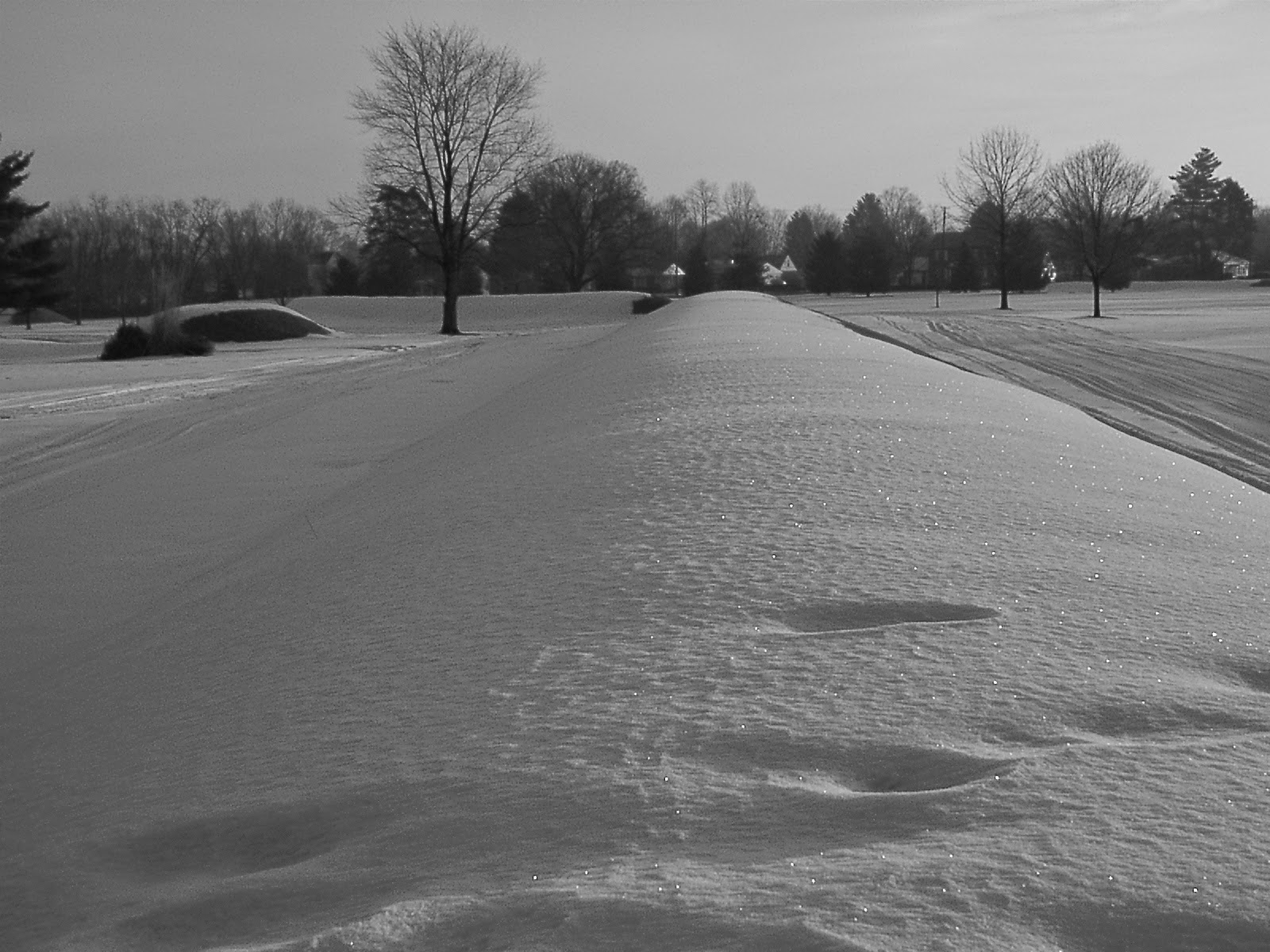Nephilim Giant's Capital City of Present Charleston, West Virginia
Charleston, West Virginia has the largest known concentration of Adena mounds and circular solar temples, called henges. This area extends for eight miles in the vicinity of present-day Charleston, West Virginia. In 1894, Cyrus Thomas reported 50 mounds in this area, ranging from 3’ to 35’ in height and from 35’ to 200’ in diameter. He also reported finding eight to ten circular henges and enclosures. Stone mounds dotted the bluffs above the flood plain.
From the Kanawha Spectator: “Within the large wooden vault, near the bottom layer of earth, lay the principle figure, a huge skeleton measuring seven and a half feet in length and nineteen inches between the shoulder sockets. This figure lay prone, the head pointing toward the east. Around this skeleton were four others. Dr. Hale, who watched some of Colonel Norris’ excavations, states that the irregular positions of these four skeletons indicated that they had been placed in a standing position, at each of the four corners; and that their irregular heaps suggested to some who saw them ‘the possibility that they may have been buried alive, to accompany their great chief to the happy hunting grounds and land of spirits.’”
On each side of the Criel mound were two henges with gateways aligned to both the summer solstice sunset and the winter solstice sunrise. The sacred via that extended to the Kanawha River is also aligned to these two solar events.
A closer view reveals that the two henges were both 666 feet in circumference. 666 was symbolic of the Sun god in the ancient numerology codex of Gematria that was developed by the Amorites in 1950 B.C. The Amorites were one of the accounted giant tribes in the Bible.
Henges were scattered for miles along the Kanawha River in Charleston.
Giant's Tombs in Charleston
Bureau of Ethnology, 12th Annual Report 1890- 1891
Kanawha County
Mound 31 measured 318 feet in circumference, 25 feet high, and 40 feet across its flat top. (see Fig. 302) A 10-foot circular shaft was sunk from the top and trenches run in from the side. The top layer consisted of 2 feet of soil, immediately below which was 1 foot of mixed clay and ashes. Below this, to the bottom, the mound was composed of earth apparently largely mixed with ashes, placed in small deposits during a long period of time. Three feet below the top were two skeletons, one above the other, extended at full length, facing each other and in close contact. Above but near the heads were a pipe, celt, and some arrow or spearheads. Ten feet below these were two very large skeletons in a sitting position, facing each other, with their extended legs interlocking to the knees. Their hands outstretched and slightly elevated were placed in a sustaining position to a hemispherical, hollowed, course-grained sandstone burned until red and brittle. This was about 2 feet across the top, and the cavity or depression was filled with white ashes containing fragments of bones burned almost to coals. Over it was placed a somewhat wider slab of limestone 3 inches thick...
View Larger Map
Mound 31, which contained two giant human skeletons can still be visited today in a city park.
Bureau of Ethnology, 5th Annual Report 1883-84
Burial Mounds In Charleston West Virginia Viewed in Google Maps 360 degrees
“Below the center of No. 7 (see plate), sunk into the original earth, was a vault about 8 feet long, 3 feet wide, and 3 feet deep. Lying extended on the back in the bottom of this, amid the rotten fragments of a bark coffin, was a decayed human skeleton, fully 7 feet long, with head west. No evidence of fire was to be seen, nor were any stone implements discovered, but lying in a circle just above the hips were fifty circular pieces of white perforated shell, each about 1 inch in diameter and an eighth of an inch thick.”
Bureau of Ethnology, 12th Annual Report 1890-1891
Kanawha County
No. 11 is now 35 by 40 feet at the base and 4 feet high. In the center 3 feet below the surface, was a vault 8 feet long and 3 feet wide. In the bottom of this, among the decayed fragments of bark wrappings, lay a skeleton fully seven feet long, extended at full length on the back, head west. Lying in a circle above the hips were fifty-two perforated shell disks about an inch in diameter and one-eighth of an inch thick.
Bureau of Ethnology, 12th Annual Report 1890-1891
Kanawha County
Mound 19, the one farthest to the east, is 60 feet in diameter and 5 feet high. It was found to contain a rude vault of angular stones, some of them as much as two men could lift. This had been built on the natural surface and was 8 feet long, 4 wide, and 3 high, but contained only the decaying fragments of a large skeleton and a few fragments of pottery.






.jpg)







.jpg)
























